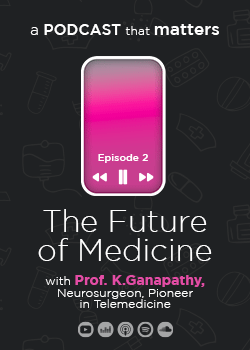
Swiss company specializing in Cybersecurity is looking for partners to work on HORIZON-CL3-2024-INFRA-01-03
Details
Description
Advanced real-time data analysis used for infrastructure resilience
TOPIC ID: HORIZON-CL3-2024-INFRA-01-03
Programme: Horizon Europe Framework Programme (HORIZON)
Call: Resilient Infrastructure 2024 (HORIZON-CL3-2024-INFRA-01)
ExpectedOutcome:
Projects’ results are expected to contribute to some or all of the following outcomes:
Improved capabilities for risk and faulty events identification in infrastructure networks and smart cities through real-time analysis (including big data) by public and private actors via secured and trusted platforms and interconnected systems where the collaboration follows clear legal and political frameworks;
Tools and processes for facilitating stakeholders efforts to identify, analyse, assess and continuously monitor risks and boost adaptive capacity to unexpected events risks in advance by allowing for the analysis of various data sources (e.g. audio, video, social media, web-content, spatial information, sensor or machine generated data);
Fast and continuous real-time identification, classification and tracking of hazardous agents, contaminants or anomalies in infrastructure networks and supply-chains;
Interoperable interfaces and improved collaboration between infrastructure operation detection and response systems, national/EU risk management/coordination centres and first responder equipment in order to allow for remote on-scene operations considering citizen knowledge;
Increased cyber-resilience of industrial xG networks and cloud data covering specific infrastructure domains
Improved ability to map in real-time the source(s) of risk factors that could endanger the networked infrastructure supported by Earth Observation and geolocation data. If the analysis includes processing of personal data, it should consider including a risk assessment or privacy impact of individuals and society.
Scope:
Today’s society is more interconnected than ever before. Telecommunication networks, transport networks, aviation, energy, water grids, finance are the backbone of today’s society. Due to their exceptional complexity and size, infrastructure networks pose a specific challenge when it comes to identifying different risks, either cyber or physical. Especially in the cyber-domain, many intrusions or attacks remain unnoticed or are detected relatively late. Technological developments in areas like machine learning for analytics, user interfaces as well as storage applications have the potential to improve related capabilities.
Modern urban environments and interconnected infrastructures create constantly big amounts of data. In addition, other sources can be exploited to support the identification and analysis of risks to infrastructures. Therefore, research on enhanced risk anticipation through real-time data analysis has the potential to lead to useful tools to enhance preparedness (contingency plans, scenario-based exercises, allocation of resources, etc.).
Please, visit the following page to get more information regarding this call:https://www.developmentaid.org/grants/view/1095326/advanced-real-time-data-analysis-used-for-infrastructure-resilience?useNavigation=true





